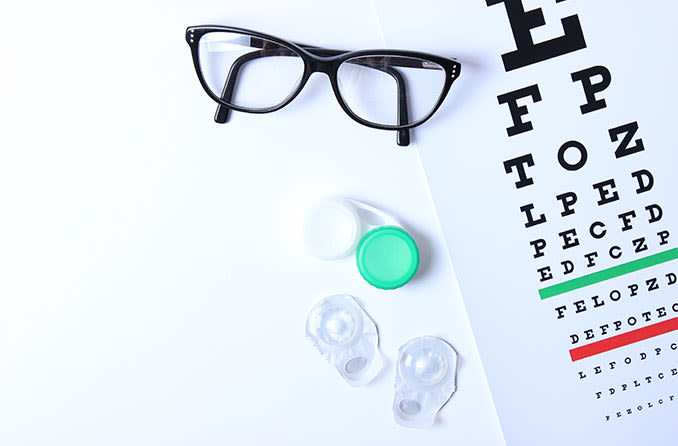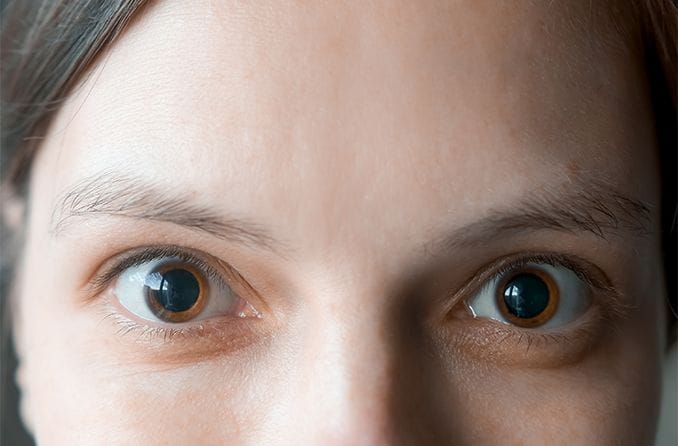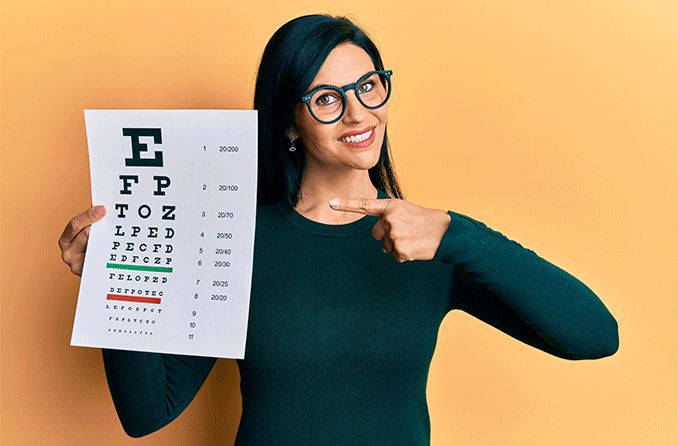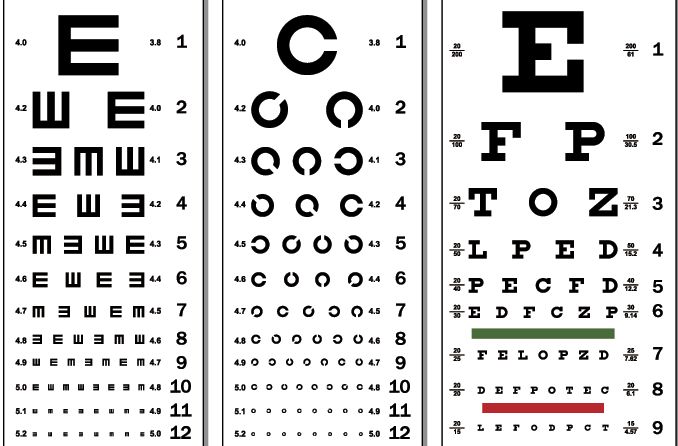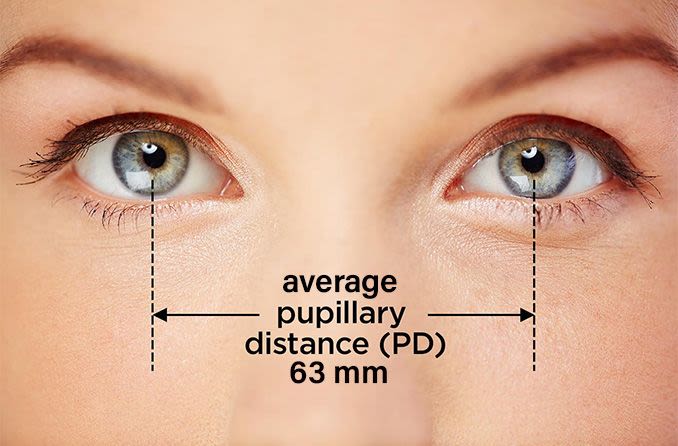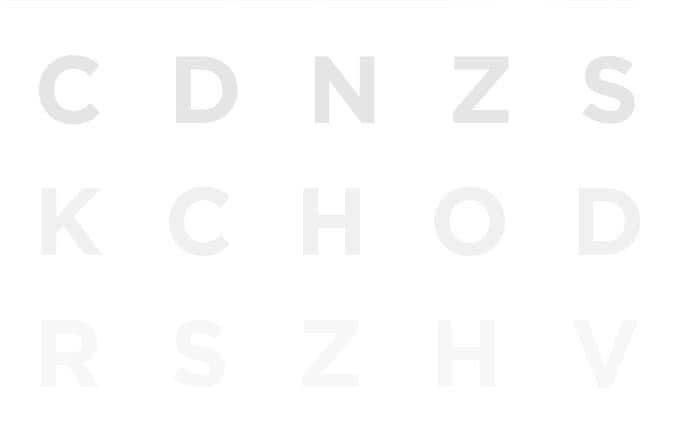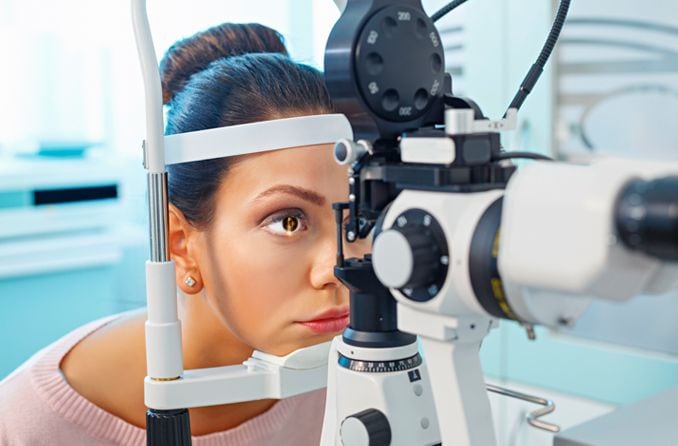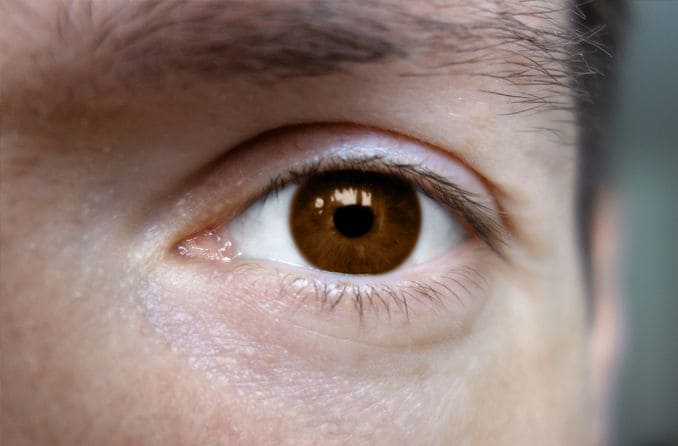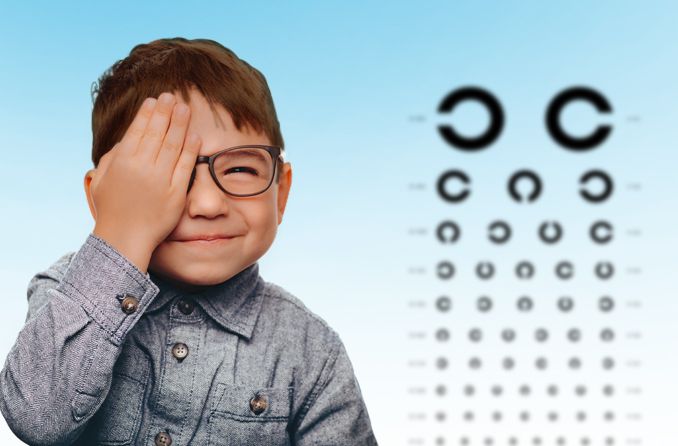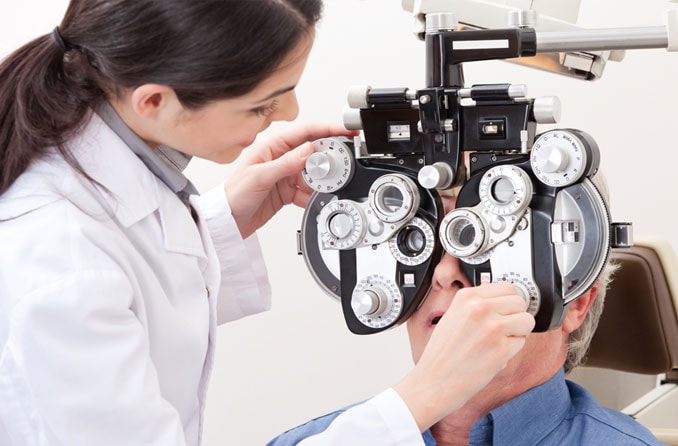You’re probably aware that you should see an optometrist once a year to check the general health of your eyes as well as the quality of your vision. But did you know a routine comprehensive eye exam isn’t enough if you plan to wear contact lenses?
There is a difference between an eyeglasses exam and a contact lens exam. And understanding that difference will save you time and money.
What is a comprehensive eye exam?
During a comprehensive eye exam, your visual acuity will be tested using an eye chart. Several other tests will be performed to determine your eye health and whether prescription eyewear is required to correct your vision.
A comprehensive or eyeglasses exam commonly involves three basic steps. First, your doctor will ask you about your medical history and any vision problems you’ve been experiencing. Next, your doctor (or his/her assistant) will assess the sharpness of your vision.
Tests performed in a comprehensive eye exam may include:
- Visual field test to check for the presence of blind spots in your peripheral vision
- Color blindness test
- Cover test to check eye alignment
- Ocular motility test to check eye movement
- Stereopsis test to check depth perception
- Retinoscopy to obtain an approximation of your eyeglass prescription
- Refraction to determine your exact eyeglass prescription
- Slit lamp exam to examine the structures of your eye under magnification
- Glaucoma test
Finally, your doctor may administer drops to numb and/or dilate your eyes to measure your eye pressure and to examine the inside of your eye.
If you require vision correction, the doctor will then provide a prescription so you can order corrective lenses.
Why do I need a separate exam for contact lenses?
If you plan to wear contact lenses, you’ll need a separate eye exam because contact lenses are classified as medical devices. The good news is a contact lens exam can usually be performed at the same time as your comprehensive eye exam.
If you plan to wear contact lenses, let your eye doctor know during your routine eye exam so you don’t have to book separate appointments.
What is a contact lens exam?
During a contact lens exam, the optometrist will need to evaluate the size and shape of your eye to find a lens that fits your eye properly. The eye doctor may also check for any eye health issues that could affect contact lens comfort.
Specifically, an eye exam for contacts will include:
- Cornea measurements so your doctor can determine the proper curve and size of your contact lenses. If your eye’s surface is irregular because of astigmatism, you may need a toric contact lens (a lens shaped to offset distortions of your eye and provide sharper vision).
- Pupil and iris measurements so your doctor can choose contacts that fit well on your eyes.
- Tear film evaluation to determine if you have a severe dry eye condition. If so, your doctor may recommend special contact lenses for dry eyes.
Once these tests are complete, your doctor will likely ask you to try on several different brands of contacts to determine which ones feel most comfortable. After finding contact lenses that fit properly, are comfortable, and provide proper vision, your eye doctor can write your contact lens prescription.
This prescription will designate contact lens power, a base curve (a shape matching the curvature of your eye) and diameter.
How much does a contact lens exam cost?
It’s also important to note that if you wear contact lenses, your annual eye exams typically will cost more than an exam for someone who doesn’t wear contacts due to the additional tests included. How much more is entirely dependent upon the doctor you’re seeing.
Like eyeglasses prescriptions, most contact lens prescriptions expire one to two years after your eye exam/contact lens fitting and will therefore require annual follow-up exams.
To schedule a contact lens exam, contact an eye doctor near you.
